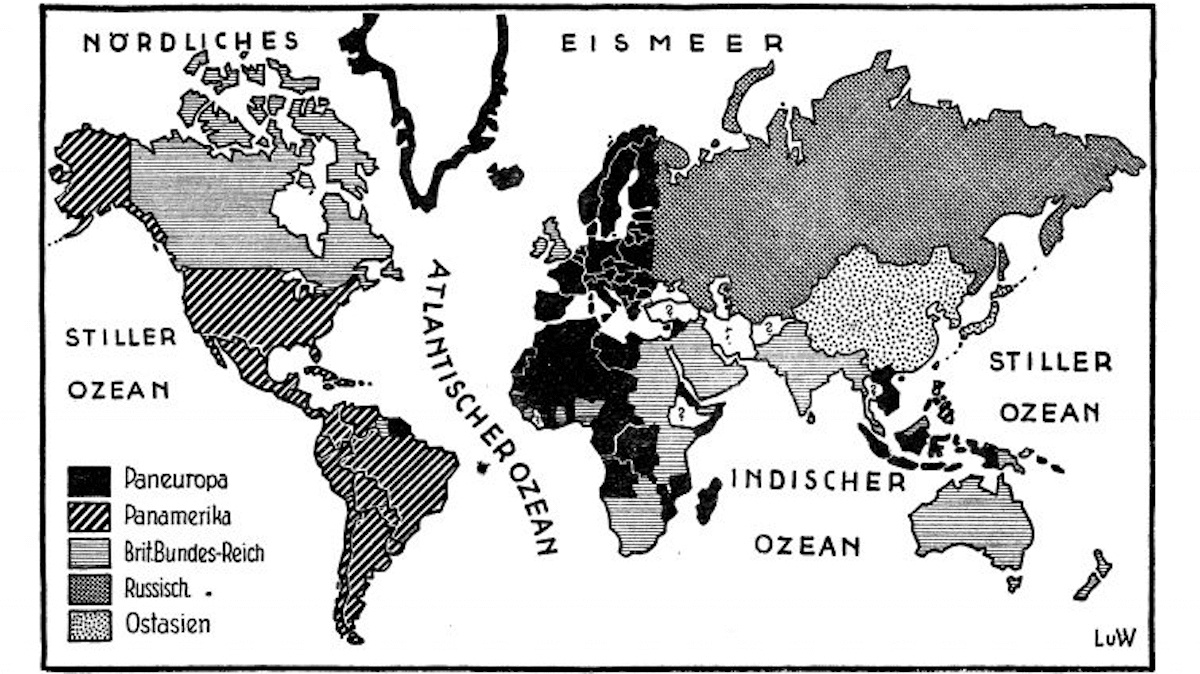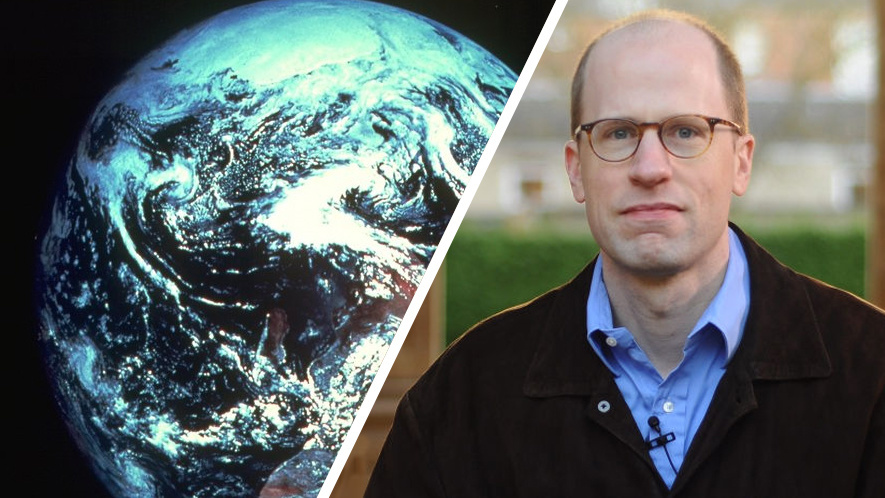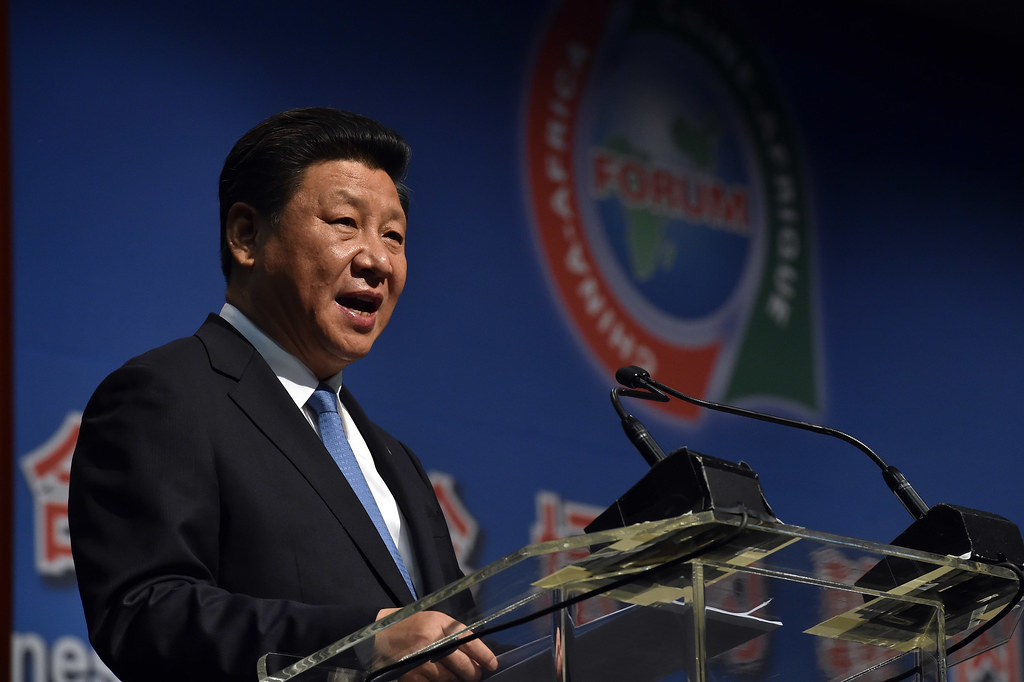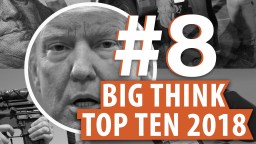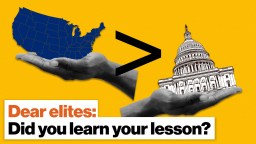globalization
How should we think about the tension between opening the economy back up and preserving public health?
▸
with
Austro-Japanese aristocrat Richard von Coudenhove-Kalergi later concentrated on plans for Pan-Europe.
Philosopher Nick Bostrom’s “singleton hypothesis” predicts the future of human societies.
New report shows the extent of China’s hidden power as the developing world’s creditor.
Why one expert believes it is knocking on death’s door.
The countdown continues! Our 8th most popular video of 2018 cuts through the political fray.
▸
7 min
—
with
Populism: The “overnight” problem 40 years in the making
▸
3 min
—
with
Everything is cheap and nobody has jobs. Welcome to the future. President of the Federal Reserve Bank of Dallas fills us in on how we got here.
▸
10 min
—
with

